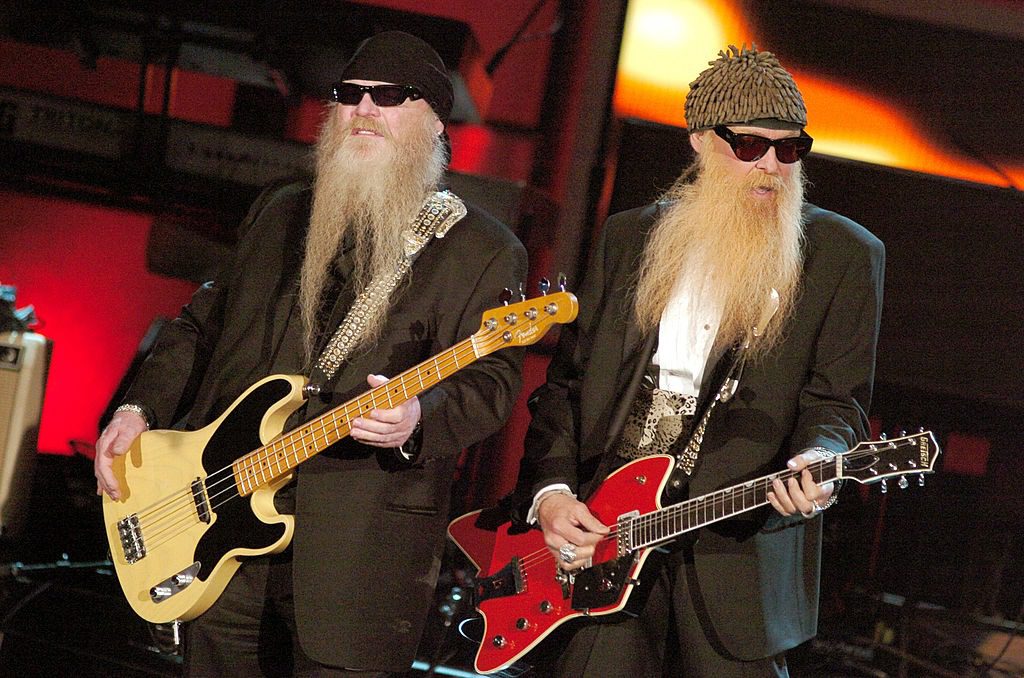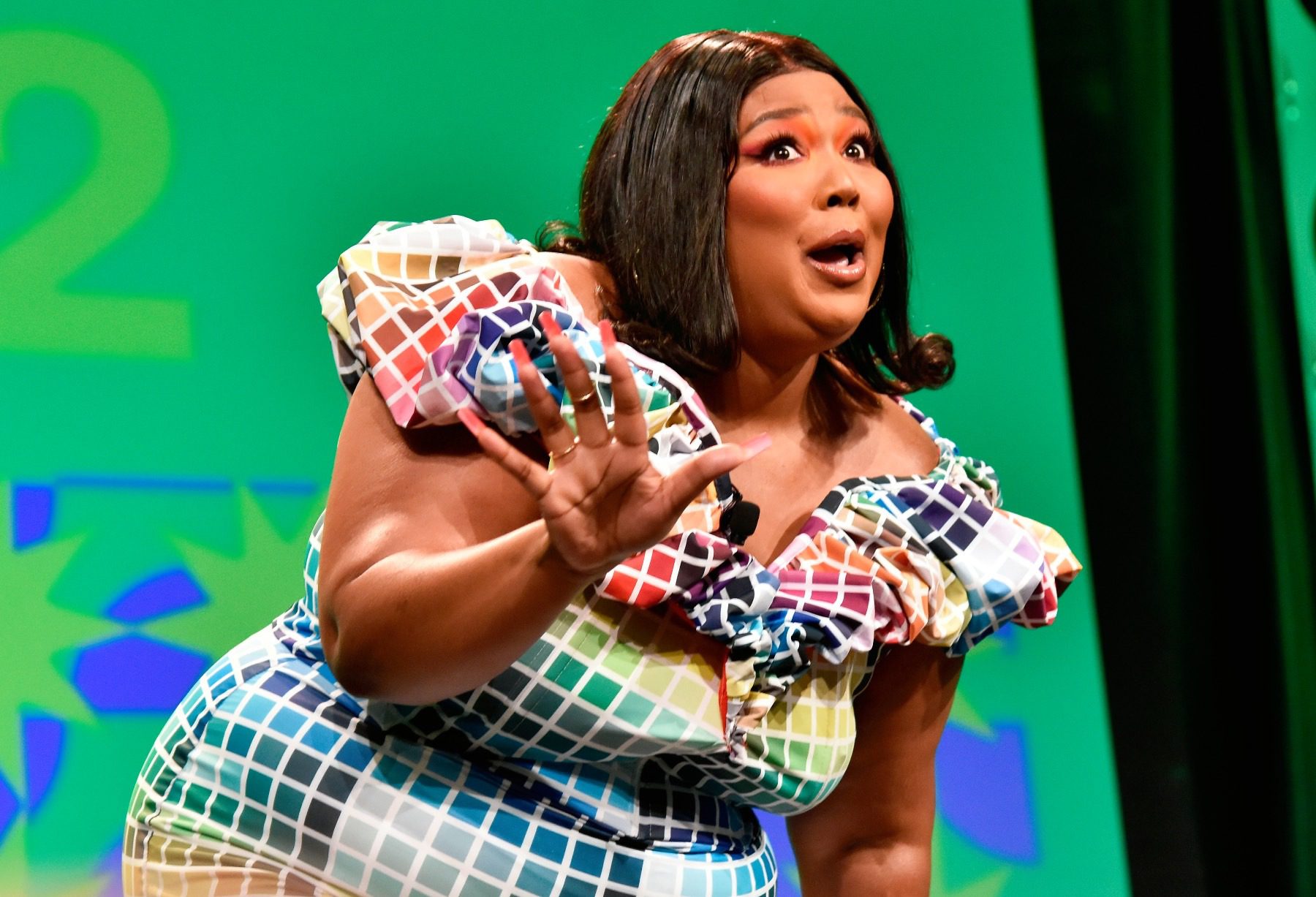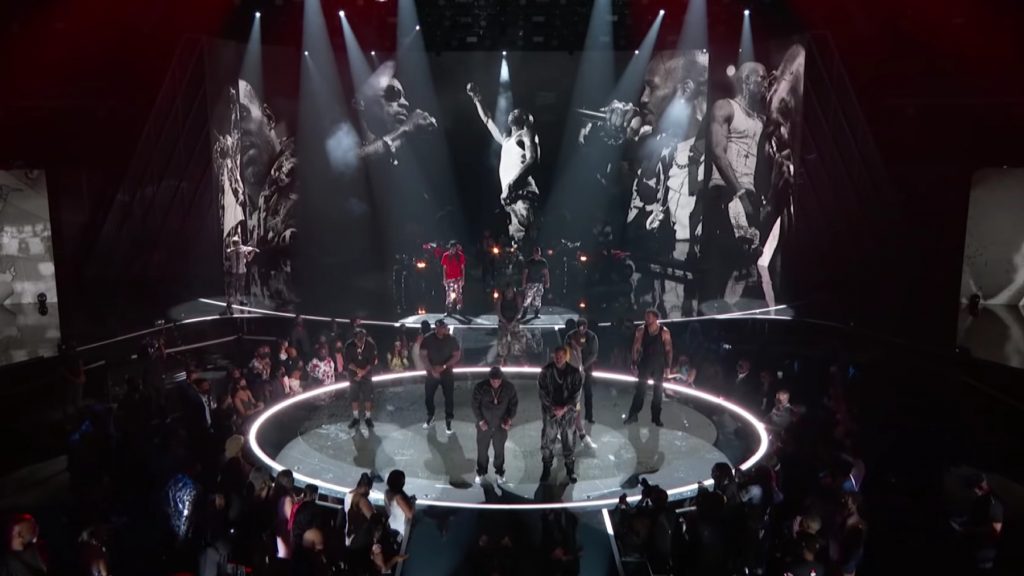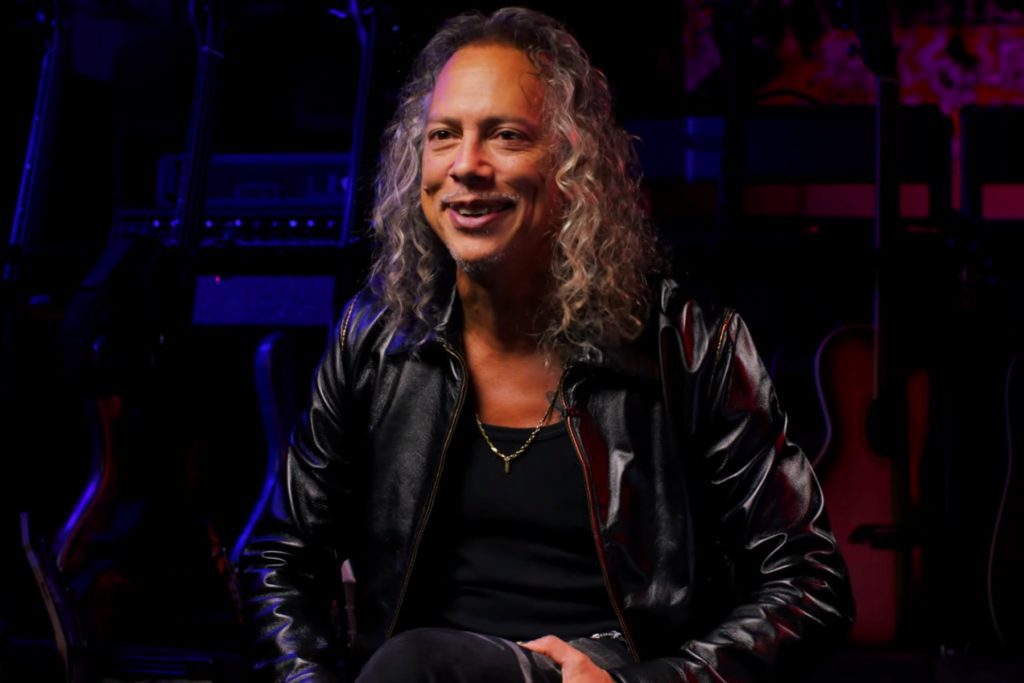
ZZ Top: 10 Essential Songs
Even before they revved themselves up into synth-boosted MTV hitmakers in the Eighties, ZZ Top were never an ordinary blues-rock band. After Cream and Jimi Hendrix warped electric blues into psychedelia, ZZ Top pulled it back to the dusty ground of Texas, but they weren’t as straight-ahead as they seemed: The rhythm section of drummer Frank Beard and late bassist (and sometime vocalist) Dusty Hill could groove so uncannily hard that a song like “Jesus Just Left Chicago” could feel otherworldly — and then the interdimensional squall of Billy Gibbons’ lead guitar would arrive. “We all woke up to the reality of an almost telepathic way to communicate,” Gibbons once said of an early rehearsal. The lasciviousness of their lyrics always came with a wink, as did their Reagan-era transformation: The electronics of Eliminator and its follow-ups somehow only brought out more of the band’s inimitable essence. Here we look back at 10 of the band’s defining tracks.
“La Grange” (1973)
A deliciously juiced-up John Lee Hooker–derived rhythm-guitar lick drives this classic “two-minute wonder” (in Billy Gibbons’ words), which paid tribute to the Chicken Ranch, the same long-standing real-life brothel in La Grange, Texas, that inspired the book and movie The Best Little Whorehouse in Texas. “I went there when I was 13,” Dusty Hill told Spin in 1986, noting that he was irked that the establishment shut down just months after ZZ Top’s song came out. “It was a whorehouse, but anything that lasts a hundred years, there’s got to be a reason.” —B.H.
blogherads.adq.push(function () {
blogherads
.defineSlot( ‘medrec’, ‘gpt-dsk-tab-article-inbody1-uid0’ )
.setTargeting( ‘pos’, [“mid-article”,”mid”,”in-article1″,”mid-article1″] )
.setSubAdUnitPath(“music//article//inbody1”)
.addSize([[300,250],[620,350],[2,2],[3,3],[2,4],[4,2]])
;
});
“Waitin’ for the Bus” (1973)
Poor ZZ Top, they just wanted to get home. The Homeric track that opened their iconic Tres Hombres album starts with a thin, precise bluesy guitar lick and a tight, sighing drum line that foreshadows the band’s electro-blues era, setting up Gibbons and Hill to plead for compassion in concert: “Have mercy!” Gibbons goes on to explain they’ve been waiting for the bus all day, with a bottle of booze and some leftover scratch, but, horror of horrors, when the bus arrives, it’s “packed up tight.” Blues harp virtuoso James Harman takes a solo, and by the time the song finishes up, the ZZ guys are dreaming of getting a Cadillac someday (fast forward to Eliminator). “You can meet some very unique people on a bus and in a bus station,” Hill told Spin in 1985. “I like to people watch. I love bus stations and train stations. The thing about a bus is who you have to sit beside. If the guy’s got good wine, it’s OK.” The way the song seamlessly segued into Hombres’ bar rocker “Jesus Just Left Chicago” as if nothing happened made for one of the best one-two punches in the history of road rock. —K.G.
“Tush” (1975)
“I’m Bad, I’m Nationwide” (1979)
One of the Top’s most swaggering, cocksure entries, this 1979 blues number both dreamed of and boasted about a mass appeal that wouldn’t arrive in earnest for the band until four years later with Eliminator. Nonetheless, Billy Gibbons, Dusty Hill, and Frank Beard dared you to find anyone cooler as they cruised around town in a Caddy, flanked by women in short dresses “smoking Lucky Strikes.” Gibbons told Guitar World in 2009 that the song was a tribute to Texas guitarist Joey Long, who loaned him the tinny mandolin-like instrument that drives the track. There’s some clavinet tucked into the outro, too, a choice that inspired bassist Hill to play more piano and keys on future sessions. “It’s such an interesting sound,” Gibbons said, “that it ignited Dusty’s interest in learning some keyboard skills.” —J.H.
“Cheap Sunglasses” (1979)
Who says the drudgery of touring can’t be inspiring? One of the highlights of 1979’s Degüello (along with “I’m Bad, I’m Nationwide”) was this ode to low-cost eyewear, which came to the band on tour. According to Hill, ZZ Top’s travels led them to many a roadside stop, and, as he told Spin, “Every gas station in the world had a cardboard display of the cheapest and ugliest sunglasses you could imagine.” Starting with its gnarly riff, and extending to Hill’s rock-steady bass line, “Cheap Sunglasses” wasn’t just advice for anyone with a hangover. Before the MTV era kicked in, it was an early testament to the group’s knack for making roadhouse blues riffs feel bracingly modern. —D.B.
“Gimme All Your Lovin’”
“We had dabbled with the synthesizer, and then all this gear was showing up from manufacturers. We threw caution to the winds. This was one of the first tracks that started unfolding,” Billy Gibbons told IndieLand of the band’s state-of-the-art Eighties makeover, which began in earnest with this lead single from Eliminator. A four-minute blast of Eighties synthesizers and fiery riffs that emits pure adrenaline, the song became a classic-rock radio staple, and inspired a video — directed by Randy Newman’s brother, Tim, and showcasing the band’s red 1930s Ford Coupe seen on the Eliminator cover — that defined ZZ Top’s signature iconography of cars, guitars, and women for all times. —A.M.
“Sharp Dressed Man” (1983)
ZZ Top and producer Bill Ham gave a big ol’ Texas bear hug to the synthesizer on the trio’s monster 1983 LP, Eliminator. While Billy Gibbons’ guitars remained fuzzy and raw, a synth doubled Dusty Hill’s bass track (or all but provided it, depending on who you ask) on “Sharp Dressed Man,” infusing the peacocking anthem with a pulsing rhythm. Along with its high-fashion video, the song was peak Eighties, even if the band members themselves chose to don dusters and fedoras instead of blazers and scarves. “Sharp dressed depends on who you are,” Hill told Spin in 1986. “If you’re on a motorcycle, really sharp leathers is great. If you’re a punk rocker, you can get sharp that way. You can be sharp or not sharp in any mode. It’s all in your head. If you feel sharp, you be sharp.” —J.H.
“Got Me Under Pressure” (1983)
Billy Gibbons never explains how he hooked up with a hoity-toity dominatrix cokehead in the Eliminator hit “Got Me Under Pressure,” because she got him so stressed out. All he’s capable of is trying to keep up with her predilections for French food, art museums, and having sex in cars while wearing London Fog slickers. By the time he’s ready for a break, in the song’s bridge, he expects her to beat him up and leave him in a ditch when he tells her it’s over, but hey, such was the imaginary life of ZZ Top in 1983. “Everybody asks if ‘Under Pressure’ was about a girlfriend of mine,” Gibbons told Spin in 1985. “And if not, whose was it? Well, fortunately that kind of pressure we’re not under. Maybe it’s just because we got out of town on time.” The original recording was Gibbons solo with co-writer Linden Hudson playing bass on a synth (and, yeah, that’s a drum machine), but when ZZ Top played it live, Gibbons and Hill would trade lyrics, making the tableau described in the song a sort of twisted ménage à trois that would confound even Freud. —K.G.
“Legs” (1983)
The third in ZZ Top’s Eliminator singles trilogy goes all the way in its embrace of shimmering synths and radio-friendly hooks — compared with the grit and verve of “Sharp Dressed Man” and “Gimme All Your Lovin’,” it could almost be Huey Lewis. Crass, commercial, and utterly catchy, it’s the only one of those three songs that made the Top 10. Billy F. Gibbons got downright literary when he recalled the song’s origins to Spin in 1986: “I was driving in Los Angeles, and there was this unusual downpour. And there was a real pretty girl on the side of the road. I passed her, and then I thought, ‘Well, I’d better pull over’ or at least turn around and offer her a ride, and by the time I got back she was gone. *… She had legs and she knew how to use them.” Haunting, isn’t it? —S.V.L.
“Rough Boy” (1985)
The trio claimed to have written this proto-industrial power ballad “on a cold winter day in the wilds of west Texas” in their Greatest Hits liner notes. In the song, Gibbons croons huskily from a place of regretful introspection, trying to make sense of his misbehavior, before admitting “I’m a rough boy” over a keening guitar line. The trio worked together on the song’s fusion of Texas blues and New Wave claustrophobia, with evocative and ethereal keyboards played by Dusty Hill to set up Gibbons for one of his most emotional solos. Gibbons told Spin in 1985 that the construct of a “Rough Boy” was a device for the band to write a ballad: “The way he came up was, ‘How would a ZZ Top fan allow such a beautiful, lush bed of sound into their realm?’” he said. “The pretty music had to have a rough boy in it. He’s there.” —K.G.
blogherads.adq.push(function () {
blogherads
.defineSlot( ‘medrec’, ‘gpt-dsk-tab-article-inbody2-uid1’ )
.setTargeting( ‘pos’, [“mid-article2″,”mid”,”in-article2″,”mid-article”] )
.setSubAdUnitPath(“music//article//inbody2”)
.addSize([[300,250],[300,251],[620,350],[2,4],[4,2],[3,3]])
.setLazyLoadMultiplier(2)
;
});




